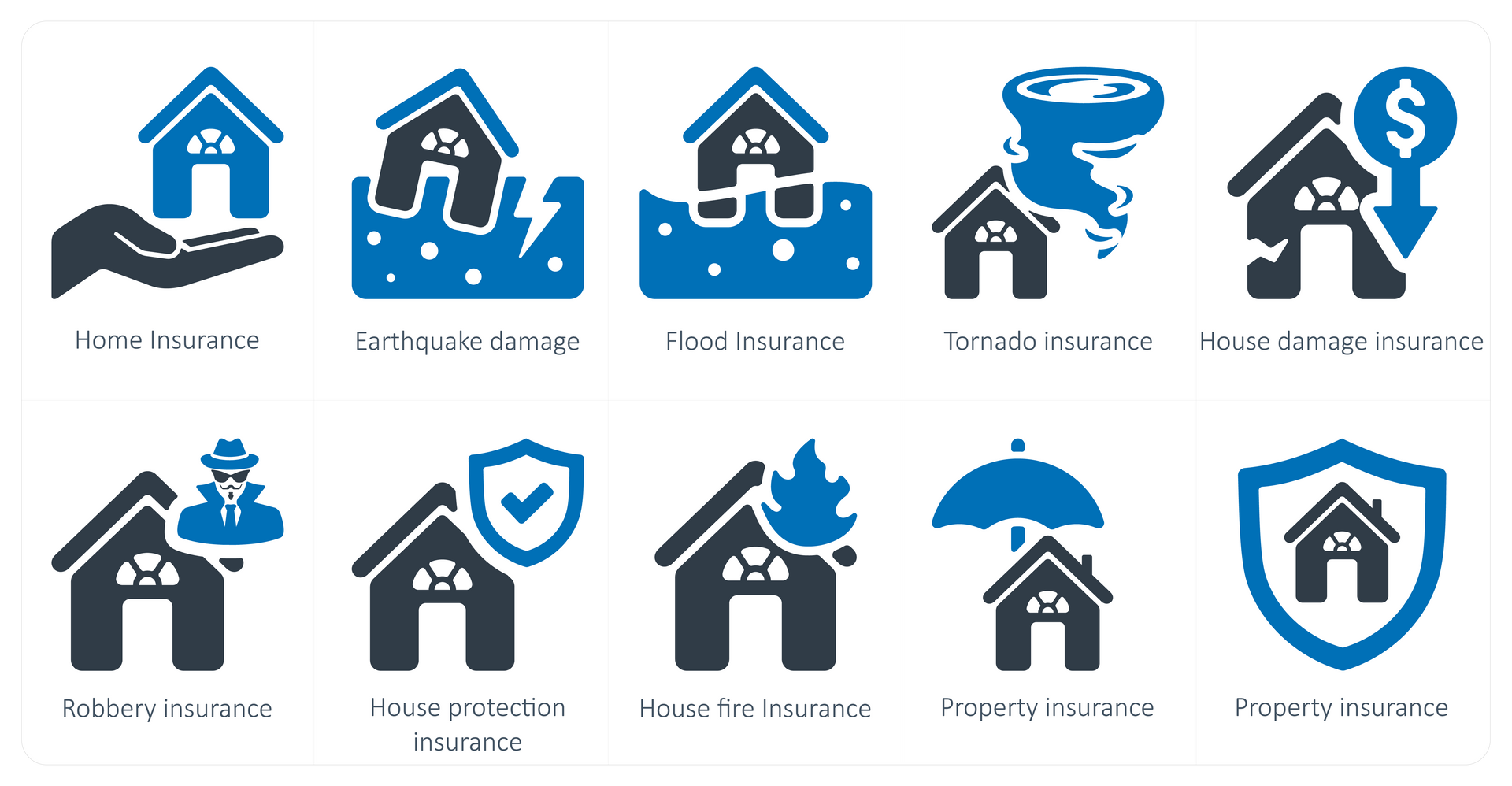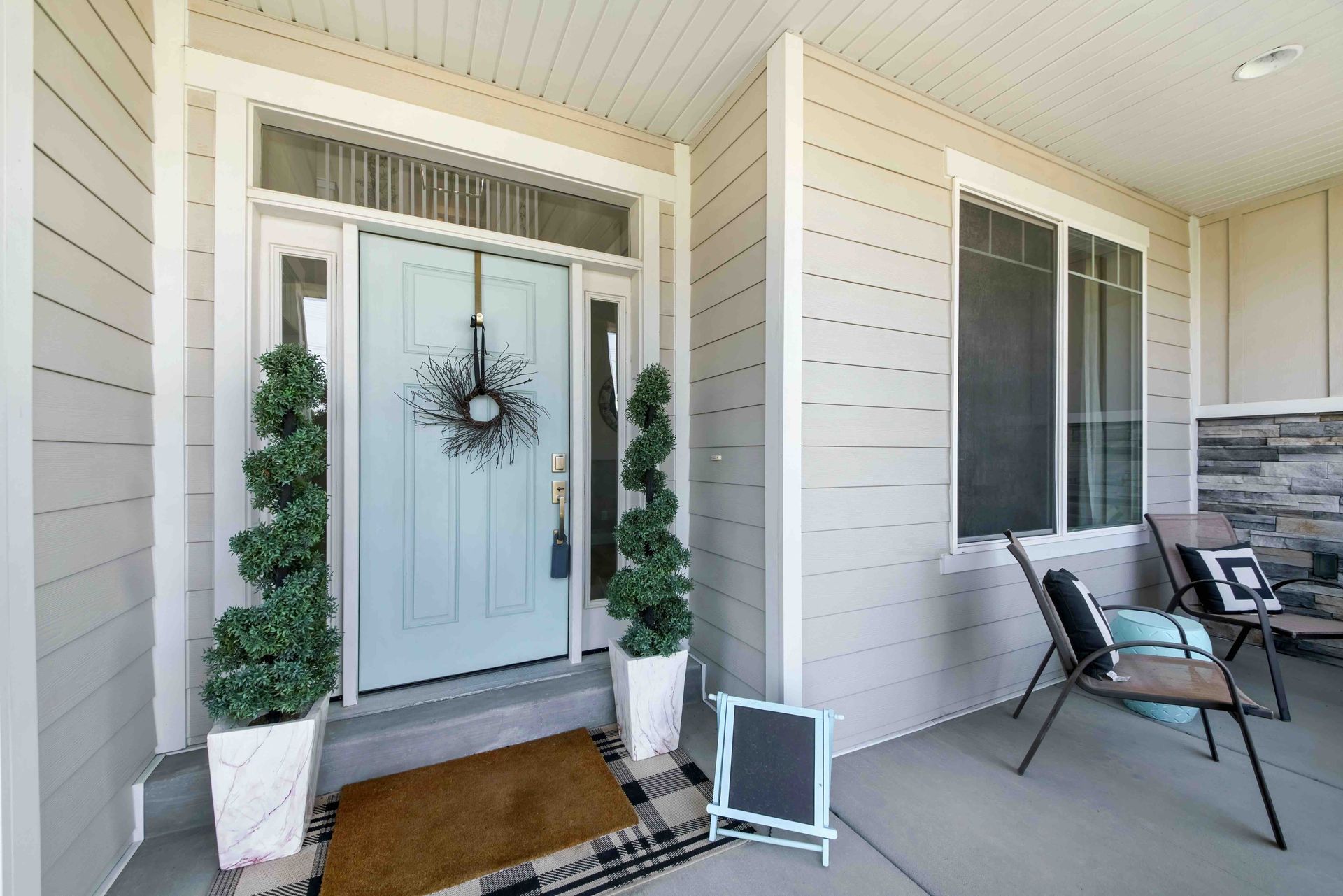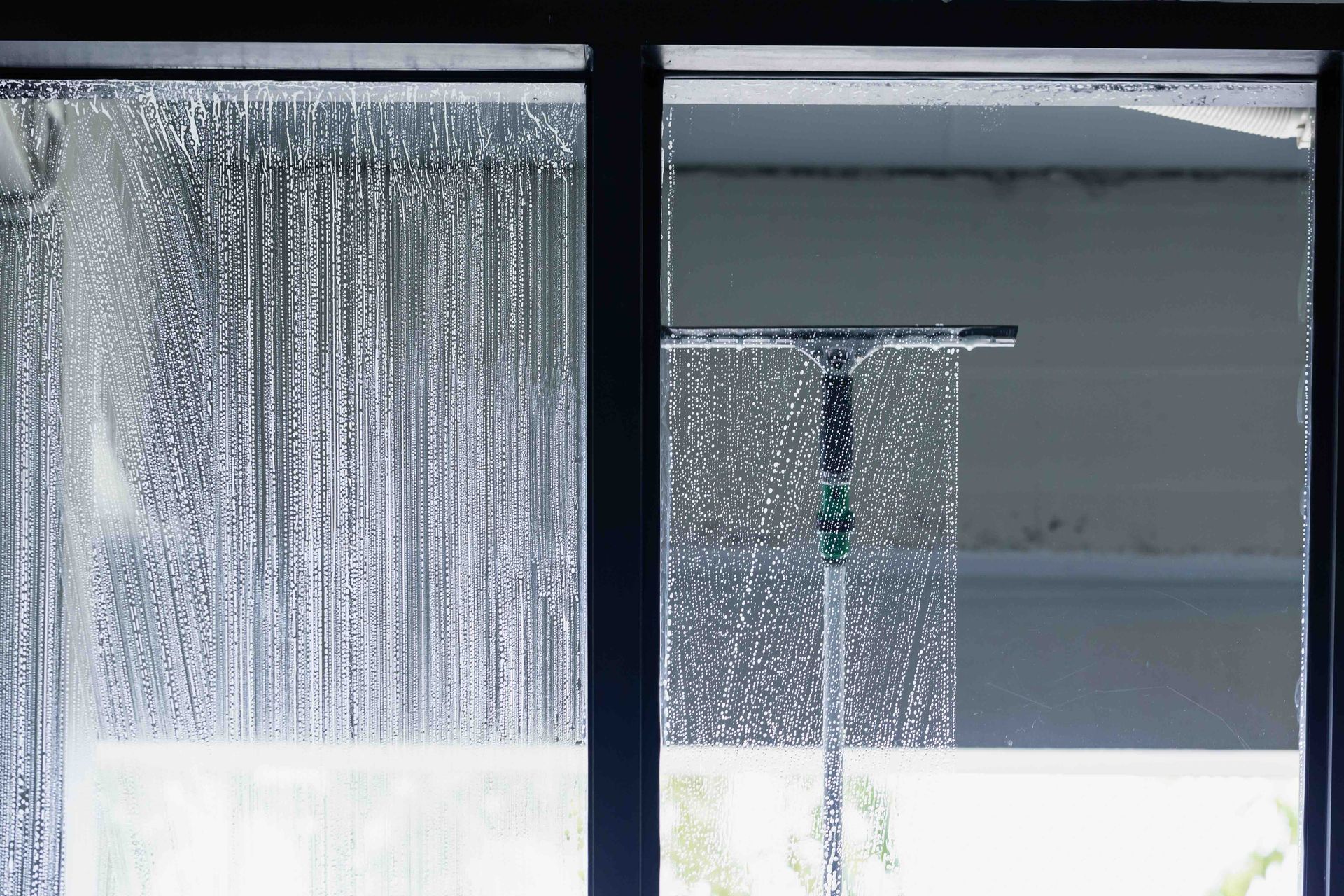3 Things to Know About Home Insurance
Buying a home is one of the most significant investments you'll ever make, and protecting it should be a top priority. Home insurance is a crucial safeguard that can save you from financial ruin in the event of unexpected damage, theft, or liability claims. However, many homeowners are unclear about what home insurance covers and how it works. In this blog, we will cover the three most important things to know about home insurance: the types of coverage, what home insurance typically doesn't cover, and how your premium is determined.
1. Types of Coverage in Home Insurance
Understanding the types of coverage available in a standard home insurance policy is the first step in making informed decisions about protecting your home. Most policies are comprehensive but have specific areas they cover. Here are the standard components of home insurance:
A. Dwelling Coverage
Dwelling coverage protects the structure of your home, including the walls, roof, and foundation. If your home is damaged by a covered peril such as fire, wind, or hail, dwelling coverage helps pay to repair or rebuild your home. This is the most essential part of any home insurance policy because it covers the building itself.
When deciding on the amount of dwelling coverage, it's crucial to base it on the cost to rebuild your home rather than its market value. Market value includes factors like land cost, location, and the real estate market, which aren't relevant to the cost of replacing or repairing the structure itself. You can work with your insurance agent or use online calculators to determine your home's rebuilding cost.
B. Personal Property Coverage
In addition to protecting your home's physical structure, your home insurance covers your personal belongings, such as furniture, electronics, appliances, and clothing. If a covered event like a fire or theft occurs, personal property coverage helps you repair or replace your belongings. Many policies will cover personal property even if it's not inside your home, like if your laptop is stolen while you're traveling.
However, personal property coverage often has limits on high-value items like jewelry, art, and collectibles. If you own precious items, you may need to purchase additional coverage through an endorsement or floater.
C. Liability Coverage
Liability coverage is an often-overlooked part of home insurance that can save you from expensive legal claims. It protects you if someone is injured on your property or if you or a family member causes accidental damage to someone else's property. For example, if a visitor slips and falls in your driveway or your child accidentally breaks a neighbor's window, your liability coverage can help cover medical expenses, repair costs, and legal fees if the injured party decides to sue.
Liability coverage typically ranges from $100,000 to $500,000. Depending on your situation, you may want to increase your coverage limits or consider an umbrella policy that provides even higher liability protection.
D. Additional Living Expenses (ALE) Coverage
Suppose your home becomes uninhabitable due to a covered event. In that case, ALE coverage helps pay for temporary living arrangements such as hotel stays, meals, and other additional costs you incur while your home is being repaired. This ensures you won't be financially burdened if a disaster forces you out of your home.
ALE is typically capped at a certain percentage of your dwelling coverage, so it's essential to review the limit in your policy to ensure it's sufficient for your needs.

2. What Home Insurance Doesn't Cover
While home insurance covers a wide array of potential risks, there are specific exclusions you should be aware of. It's critical to know what your policy doesn't cover so that you can purchase additional protection if necessary or take preventive measures to reduce the risk of damage. Here are some standard exclusions in home insurance policies:
A. Flood Damage
Flood damage is one of the most common types of exclusion in home insurance policies. Standard home insurance does not cover damage caused by floods from rising waters, heavy rainfall, or storm surges. If you live in a flood-prone area, you must purchase separate flood insurance, often available through the National Flood Insurance Program (NFIP) or private insurers.
Consider flood insurance even if you don't live in a designated flood zone. Many areas that aren't high-risk can still experience flooding due to changes in weather patterns, heavy rain, or blocked drainage systems. Repairing flood damage can be costly, and having flood insurance offers peace of mind in these unpredictable situations.
B. Earthquake Damage
Like flood insurance, earthquake coverage is usually not included in standard home insurance policies. Purchasing a separate earthquake insurance policy is essential if you live in an area prone to earthquakes—such as California or other parts of the West Coast. Earthquake coverage will help pay for structural repairs, replace personal belongings, and cover additional living expenses if an earthquake renders your home uninhabitable.
Consider whether this additional coverage might make sense even if your region is not typically known for earthquakes. Earthquakes can happen unexpectedly and cause significant damage even in areas not traditionally regarded as high-risk.
C. Maintenance-Related Issues
Home insurance is not a maintenance plan. It won't cover general wear and tear damage, neglect, or lack of upkeep. For example, if your roof starts leaking because it's old and hasn't been maintained, your insurance company will likely deny the claim. Similarly, damage caused by pests, such as termites or rodents, is typically excluded from coverage.
To avoid surprises, it's essential to keep your home well-maintained. Regular inspections, timely repairs, and upkeep can help prevent costly damage and ensure that your home insurance covers you when needed.
D. High-Value Items Beyond Coverage Limits
As mentioned earlier, personal property coverage often has limits on high-value items like jewelry, fine art, antiques, and electronics. If you have a significant amount of high-value items, you'll need to check the sub-limits of your policy. For example, your policy might only cover up to $2,000 worth of jewelry in the event of a theft.
To fully protect your valuables, you can purchase additional coverage, known as scheduled personal property coverage, which allows you to insure specific items for their total value. This ensures you're adequately compensated if they are damaged or stolen.

3. How Home Insurance Premiums Are Determined
Home insurance premiums vary significantly depending on several factors. Understanding how insurers calculate your premium can help you make informed choices about your coverage and find ways to reduce your costs without sacrificing protection. Here are the primary factors that influence home insurance premiums:
A. Location
Where you live plays a significant role in determining your home insurance premium. Homes in areas prone to natural disasters, such as hurricanes, wildfires, or floods, typically have higher premiums due to the increased risk of damage. Additionally, homes in high-crime neighborhoods may also see higher rates due to the greater likelihood of theft or vandalism.
If you're buying a home, consider the insurance costs in different locations before deciding on a property. In some cases, the increased insurance costs may outweigh the benefits of living in a particular area.
B. Home Characteristics
Your home's age, size, and construction also affect your insurance premium. Older homes have higher premiums because they may require more maintenance and are more susceptible to damage. Homes built with materials resistant to fire or wind damage often qualify for lower premiums.
Additionally, the replacement cost of your home will impact your premium. A larger home or one with unique architectural features will typically cost more to insure because it will be more expensive to rebuild or repair if damaged.
C. Deductible Amount
The deductible is paid out of pocket before your insurance kicks in. Choosing a higher deductible can lower your premium, but you must pay more upfront if you file a claim. Conversely, a lower deductible results in a higher premium, but your out-of-pocket expenses will be lower when making a claim.
It's crucial to balance a deductible you can afford with a premium that fits your budget. Be sure to evaluate your financial situation and risk tolerance when choosing your deductible.
D. Credit Score and Claims History
Many insurance companies use your credit score to help determine your premium, as studies have shown that people with higher credit scores tend to file fewer claims. A lower credit score can result in higher premiums, while a strong credit history can lead to discounts.
Additionally, your claims history can impact your premium. If you've filed multiple claims in the past, your insurer may view you as a higher risk and increase your premium. To keep your premiums low, reserve filing claims for significant losses and handle more minor issues out of pocket when possible.
Key Takeaways
Home insurance is a crucial safeguard for protecting your investment, but not all policies are created equal. By understanding the types of coverage available, the limitations of your policy, and how your premium is determined, you can make more informed decisions to ensure your home and belongings are adequately protected. Take the time to review your policy annually, compare quotes from different insurers, and consider any changes in your home or location that may affect your coverage needs. By staying proactive, you can enjoy peace of mind knowing that your home and finances are well protected.
Share on





